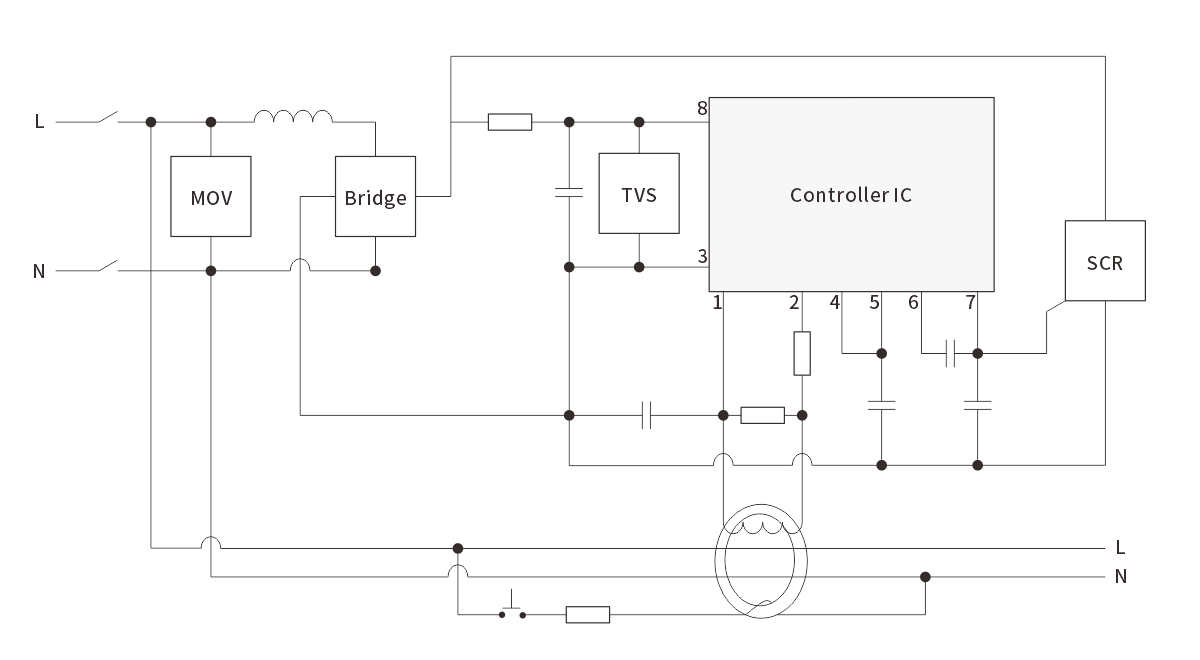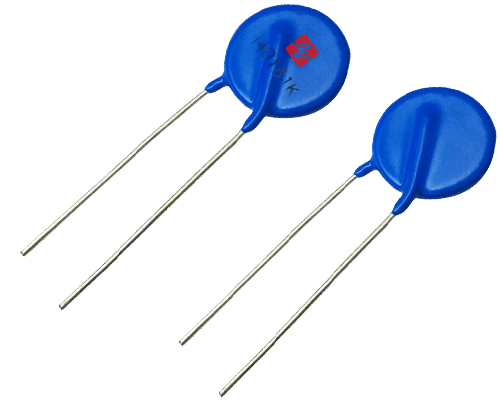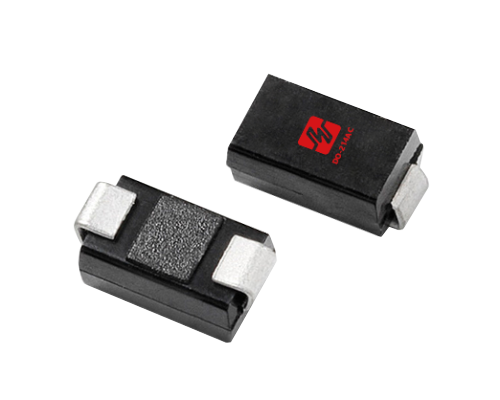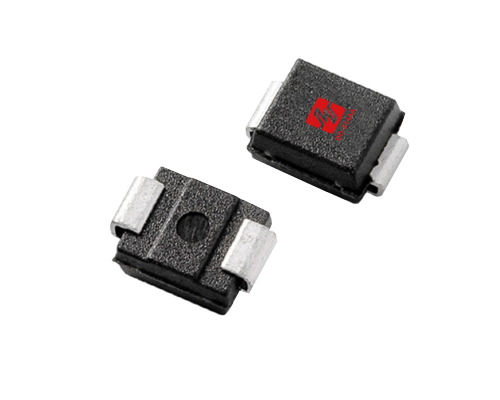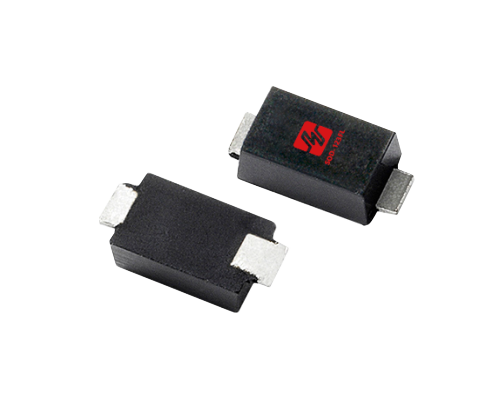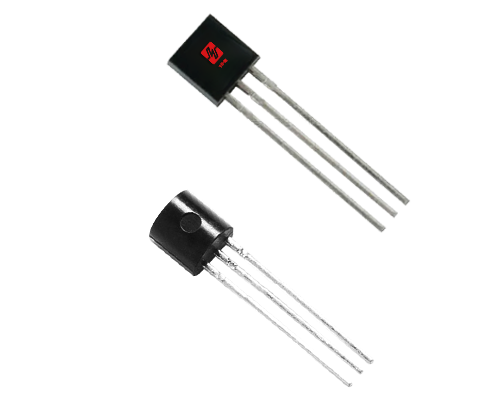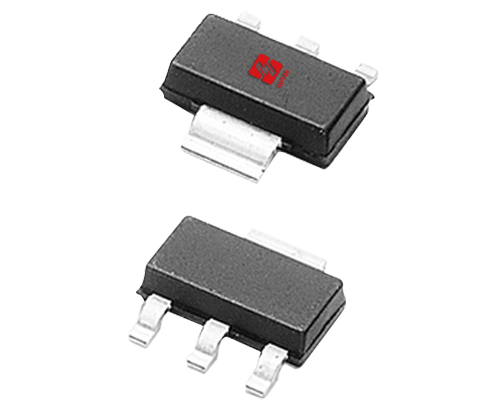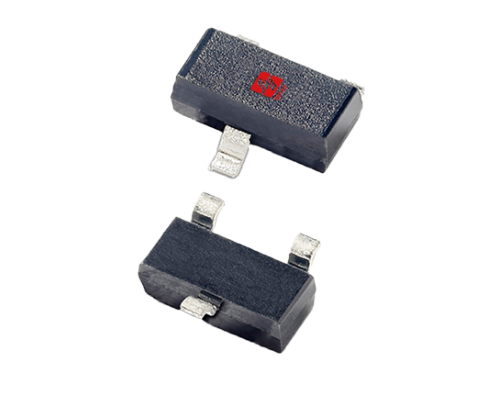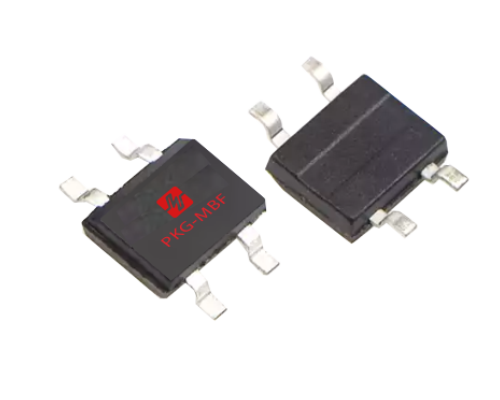
Leakage protector
Build Semiware into your application circuit
Summary
A leakage protector (RCD), also known as a residual current switch (LDS) or leakage circuit breaker, is primarily used to protect against potentially fatal electric shock and equipment leakage. It provides overload and short-circuit protection, protecting lines or loads from overload and short circuits. It can also be used to infrequently switch circuits under normal circumstances.
There are many types of RCDs currently available on the market, but their principles generally differ. A RCD consists of three main components: a detection element, an intermediate amplification stage, and an actuator.
1. Detection element: This consists of a current transformer that detects leakage current and generates a signal.
2. Amplification stage: This amplifies the weak leakage signal and can be mechanical or electronic, depending on the device.
3. Actuator: Upon receiving the signal, the thyristor switches from the off state to the on state. When the main coil is energized, the main switch switches from the closed state to the open state, thereby shutting off the power supply.

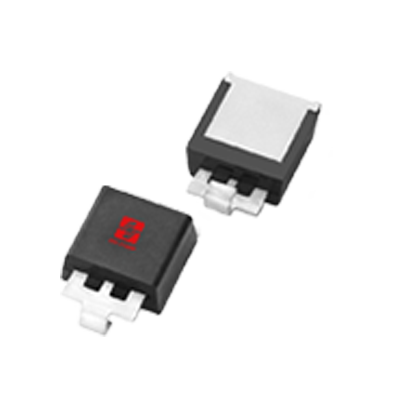 Automotive TVSs
Automotive TVSs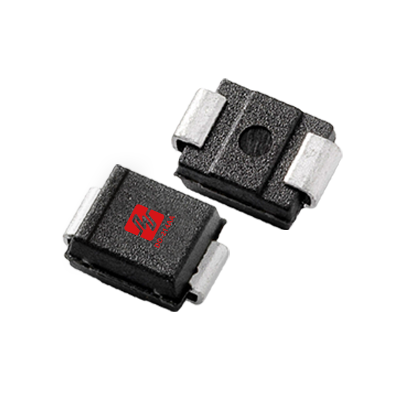 General TVS Diodes
General TVS Diodes High Reliability TVSs
High Reliability TVSs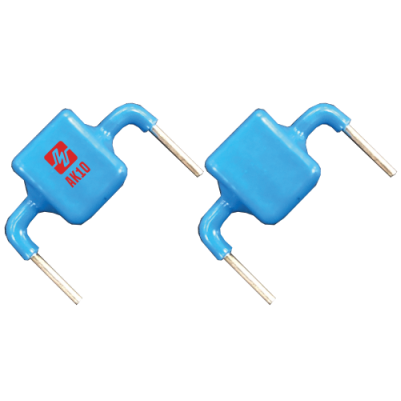 High Current TVSs
High Current TVSs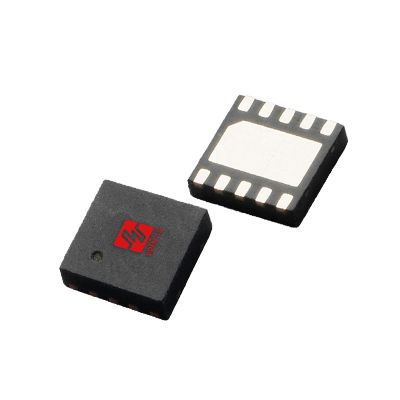 Automotive ESDs
Automotive ESDs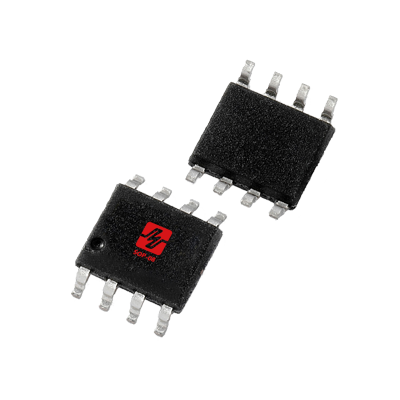 TVS Diodes Array
TVS Diodes Array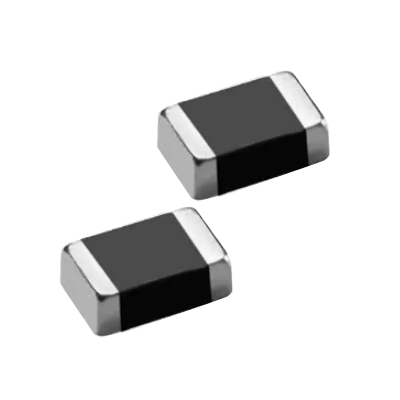 MLVs
MLVs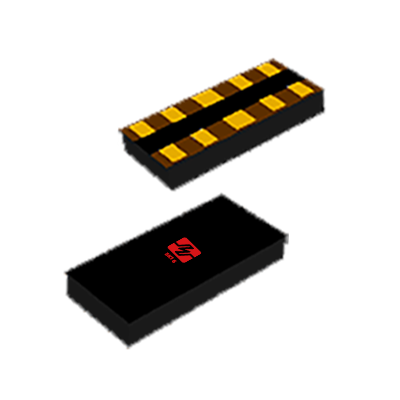 Polymers
Polymers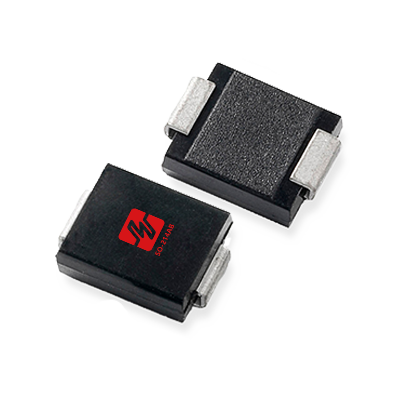 High Reliability
High Reliability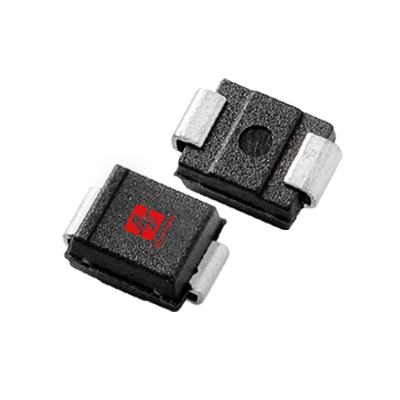 General Thyritors
General Thyritors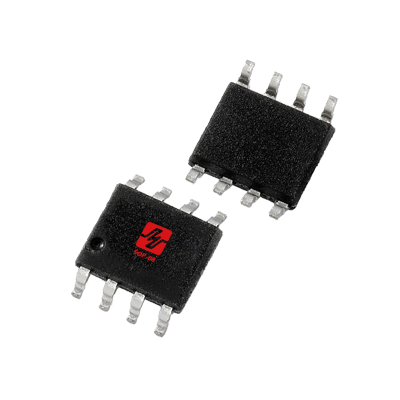 Programmable Series
Programmable Series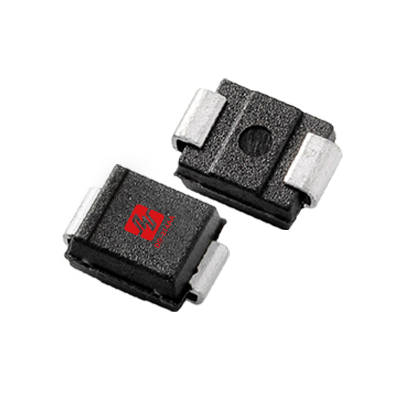 Automotive PLEDs
Automotive PLEDs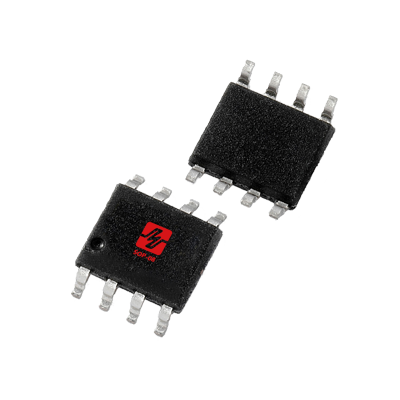 Pled Protectors
Pled Protectors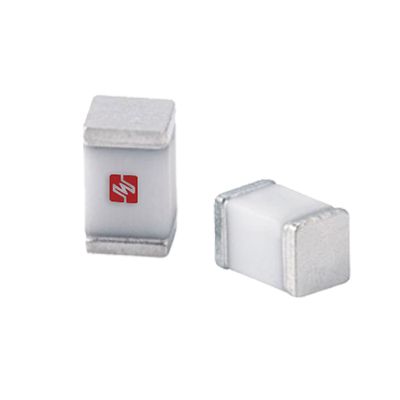 General Gas Tubes
General Gas Tubes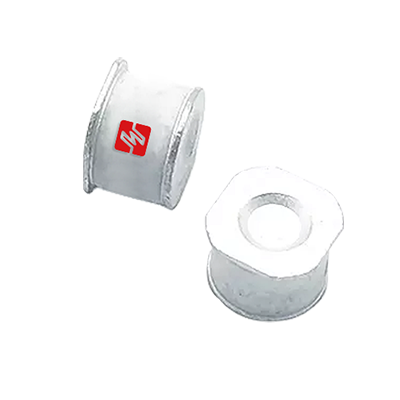 Automotive GDTs
Automotive GDTs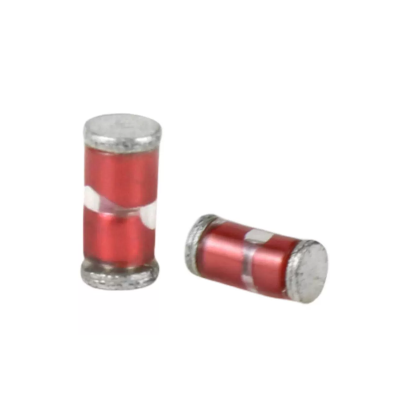 Glass Discharge Tubes
Glass Discharge Tubes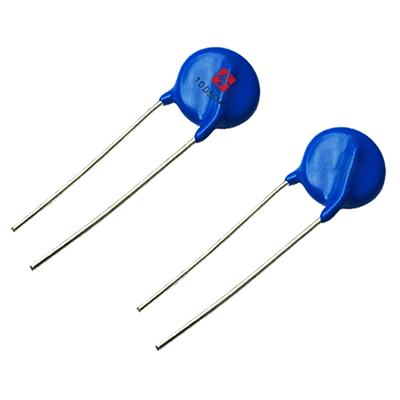 General Varistors
General Varistors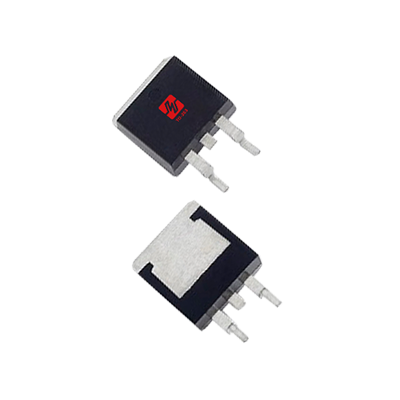 Sensitive SCRs
Sensitive SCRs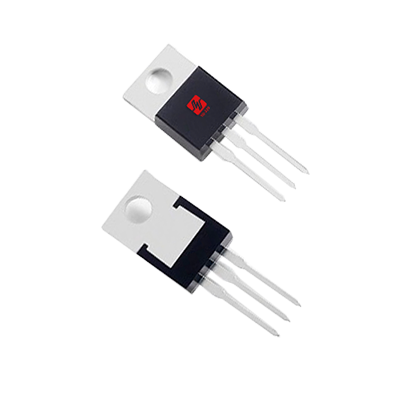 SCRs
SCRs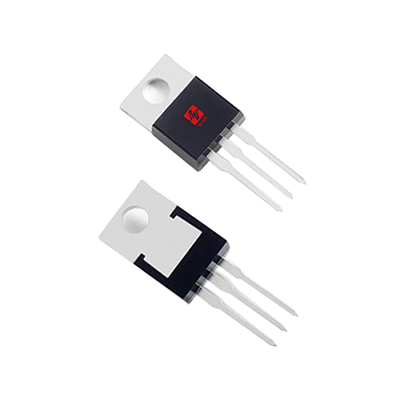 Triacs
Triacs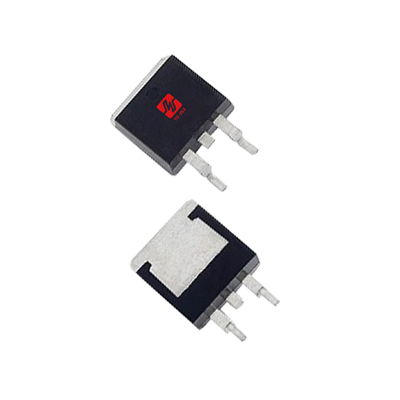 4-Quadrant Triacs
4-Quadrant Triacs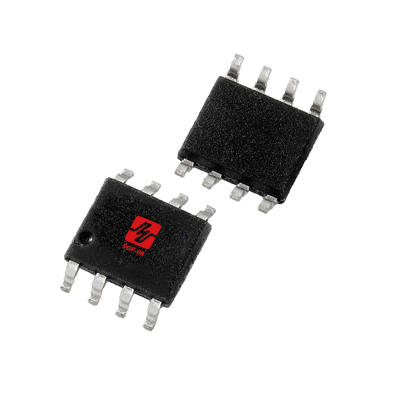 Small Signal Mosfets
Small Signal Mosfets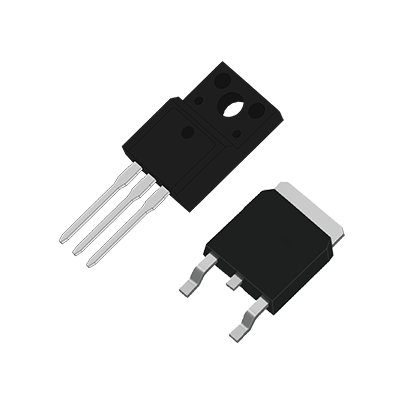 Power Mosfets
Power Mosfets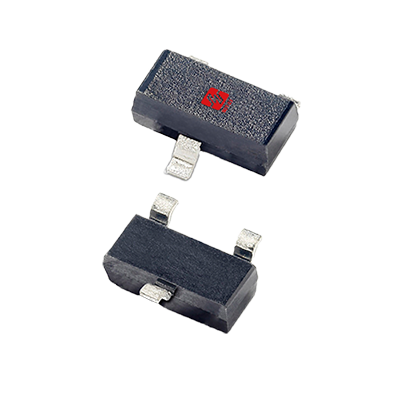 Transistors
Transistors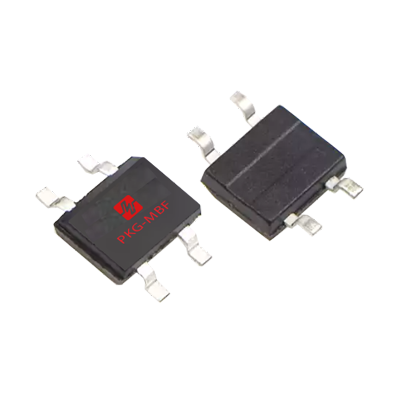 Bridge Rectifiers
Bridge Rectifiers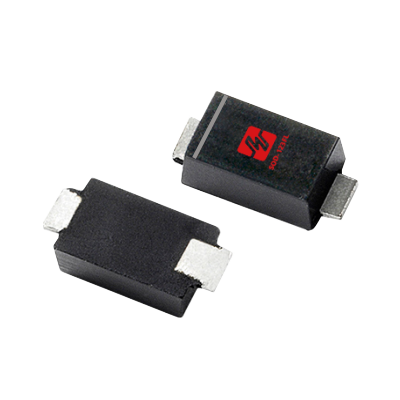 Schottky Rectifiers
Schottky Rectifiers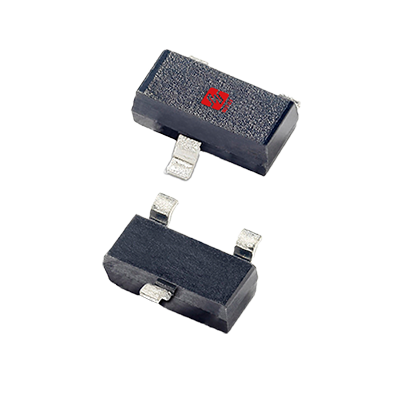 Switching Diodes
Switching Diodes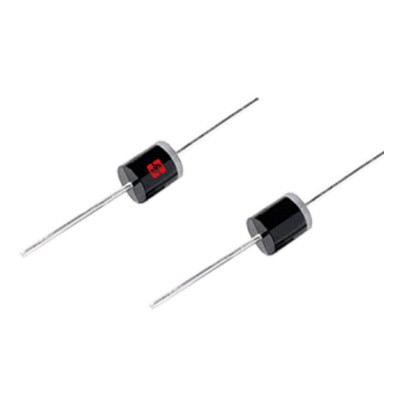 Fast Recovery Diodes
Fast Recovery Diodes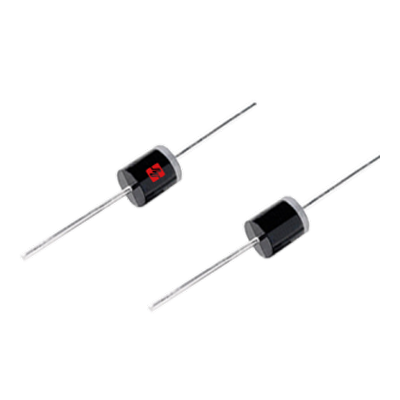 Rectifier Diodes
Rectifier Diodes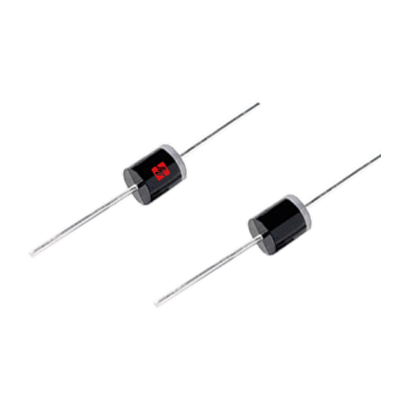 Fast Recovery Diodes
Fast Recovery Diodes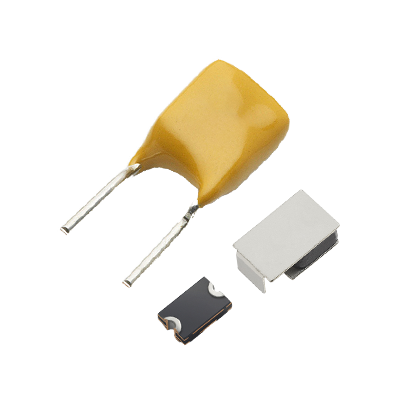 PTC
PTC On-Board Charger
On-Board Charger Energy Storage
Energy Storage Vehicle Adapter
Vehicle Adapter Media Hub
Media Hub Interior Light
Interior Light Head Lighting
Head Lighting DC Charger
DC Charger PTC
PTC AC Charger
AC Charger BMS
BMS ADAS
ADAS BCM
BCM Power Supply
Power Supply Antenna System
Antenna System xDSL
xDSL Outdoor AP
Outdoor AP Set-top Box
Set-top Box PBX
PBX RRU
RRU BBU
BBU Small Cell
Small Cell Cellular Base Station
Cellular Base Station Automatic Gate
Automatic Gate IP Camera
IP Camera Security Camera
Security Camera NVR
NVR DVR
DVR Power Bank
Power Bank Battery protection
Battery protection Two-wheeler locator
Two-wheeler locator POS
POS VR
VR UAV
UAV E-Bike
E-Bike PC
PC Pad
Pad Smart Lock
Smart Lock Mobile Phone
Mobile Phone Smart Watch
Smart Watch E-Cigarette
E-Cigarette TWS
TWS 2/3 Wheeler Vehicles
2/3 Wheeler Vehicles String Inverters
String Inverters UPS
UPS DC-DC Module
DC-DC Module AC220V EV Charger
AC220V EV Charger PV Inverter
PV Inverter Energy Storage
Energy Storage Adapter
Adapter Ultrasound Scanner
Ultrasound Scanner Defibrillator
Defibrillator ECG monitor
ECG monitor Sphygmomanometer
Sphygmomanometer Electronic Scale
Electronic Scale Radiography
Radiography Exergen
Exergen Blood Glucose Meter
Blood Glucose Meter Leakage protector
Leakage protector DC Motor
DC Motor PLC
PLC Smart Metering
Smart Metering Sensor
Sensor Power Line Carrier
Power Line Carrier Electricity Meter
Electricity Meter Elevator Call Board
Elevator Call Board Traffic Lighting
Traffic Lighting Solar Lighting
Solar Lighting Smart Lamps
Smart Lamps Led Lighting
Led Lighting StreetLight Controller
StreetLight Controller Water Heater
Water Heater Dishwasher
Dishwasher Sweeping Robot
Sweeping Robot Smart TV
Smart TV Washing Machine
Washing Machine Smart Speaker
Smart Speaker Coffee Maker
Coffee Maker DC48V
DC48V Buttons/Switches
Buttons/Switches LIN
LIN Touch Screen
Touch Screen SD Card
SD Card SIM
SIM eSATA
eSATA NFC
NFC MIC
MIC Audio
Audio GPS
GPS SLIC
SLIC POE-10G-6KV
POE-10G-6KV DVI
DVI Type-C
Type-C VGA
VGA USB2.0-Dual
USB2.0-Dual RS232-ESD
RS232-ESD HDMI
HDMI eSATA
eSATA USB3.0
USB3.0 AC220V-5KA
AC220V-5KA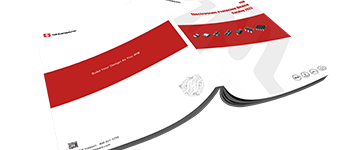 Semiware's over 300 interface protection solutions cover automotive electronics, industrial control, consumer electronics, and other industry sectors.
Semiware's over 300 interface protection solutions cover automotive electronics, industrial control, consumer electronics, and other industry sectors. To become an excellent comprehensive service provider of circuit protection solutions.
To become an excellent comprehensive service provider of circuit protection solutions.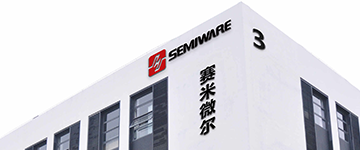 To become an excellent comprehensive service provider of circuit protection solutions.
To become an excellent comprehensive service provider of circuit protection solutions.

 简体中文
简体中文
